I'm a little confused about information I am finding about how to create a universal framework using the latest Xcode 6 and iOS 8 environment. For instance, this answer includes the following:
If you need to create universal static library that runs on both simulator and devices, then general steps are:
1. Build library for simulator
2. Build library for device
3. Combine them using lipo
lipo -create -output "framework-test-01-universal" "Debug-iphonesimulator/framework-test-01.framework/framework-test-01" "Debug-iphoneos/framework-test-01.framework/framework-test-01" Note that framework-test-01 is my framework project name.
One of my coworkers followed those instructions and build an executable. Well, I don't think that is what I am looking for. It contains a structure that looks like this:

Later on, another answer here talks about creating an Aggregate Target with a Build Phase Run Script, which is what I am familiar with in the previous version of Xcode. When I use that process I receive what I am expecting. A folder structure as follows:

Can someone please help clear up this confusion we are having?
What is the difference between the two?
I mean, is the first procedure for creating an application that can run on both the simulator and the device, while the second is for creating a fat static library?